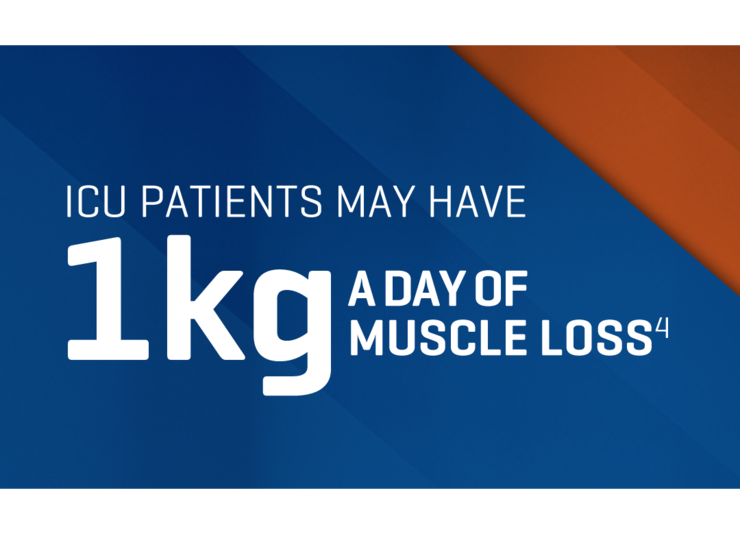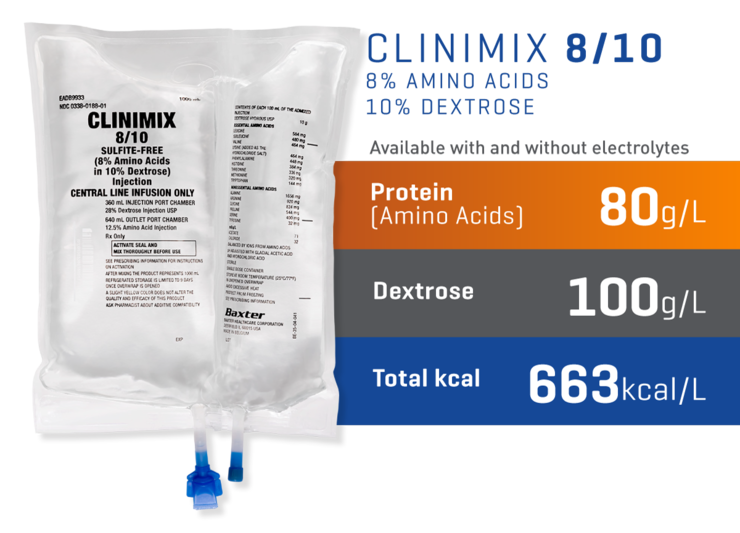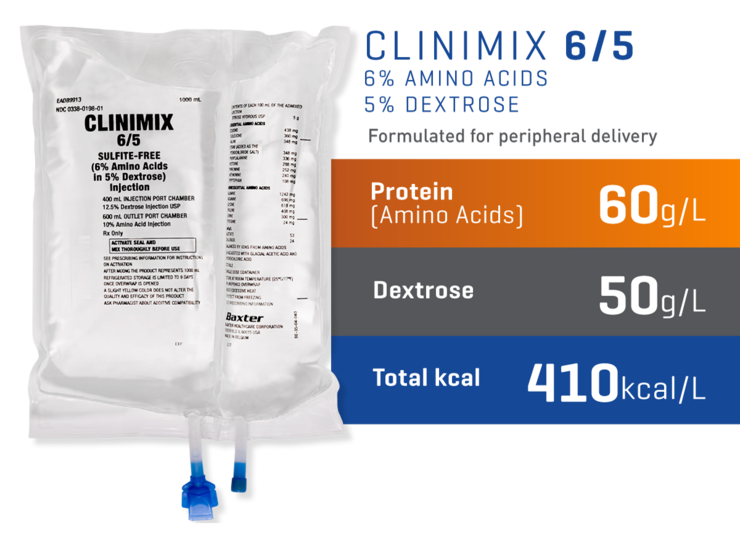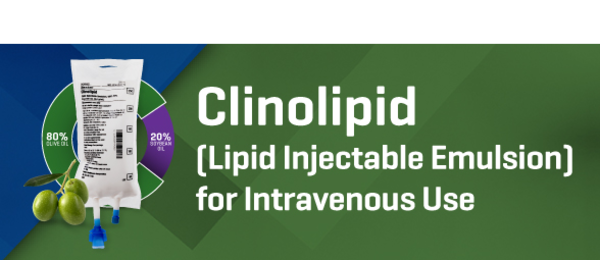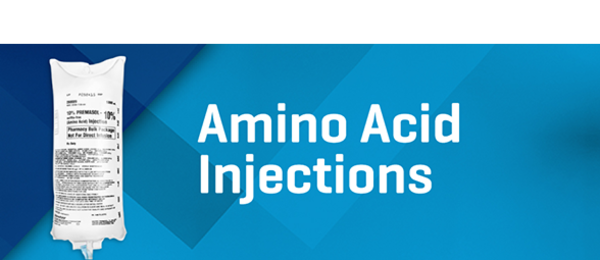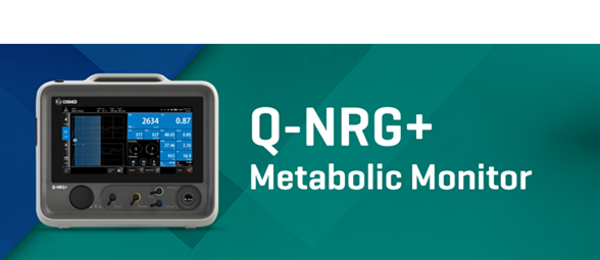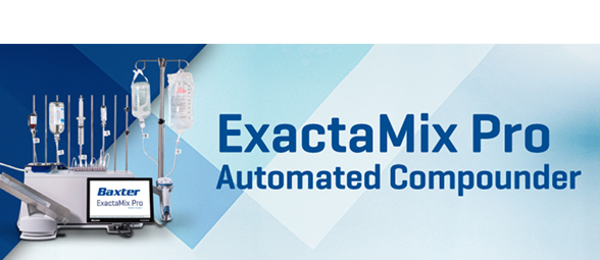Clinimix (amino acids in dextrose) Injections
Reach protein targets in less fluid.
Clinimix is the most used multi-chamber bag PN (MCB-PN) and the FIRST and ONLY with concentrations up to 80 g/L of protein (amino acids).1-3

Indications and Select Important Risk Information
Indications
CLINIMIX (amino acids in dextrose) Injections and CLINIMIX E (amino acids with electrolytes in dextrose with calcium) Injections are indicated as a source of calories and protein (and electrolytes for CLINIMIX E) for patients requiring parenteral nutrition when oral or enteral nutrition is not possible, insufficient, or contraindicated. CLINIMIX and CLINIMIX E may be used to treat negative nitrogen balance in patients.
Select Important Risk Information
CLINIMIX and CLINIMIX E Injections are contraindicated in patients with known hypersensitivity to one or more amino acids or dextrose; in patients with inborn errors of amino acid metabolism due to risk of severe metabolic and neurologic complications; and in patients with pulmonary edema or acidosis due to low cardiac output. In addition, CLINIMIX E is contraindicated in neonates (less than 28 days of age) receiving concomitant treatment with ceftriaxone, even if separate infusion lines are used, due to the risk of fatal ceftriaxone calcium salt precipitation in the neonate’s bloodstream.
Click here for full Indication(s) and Important Risk Information, and accompanying full Prescribing Information for Clinimix and Clinimix E.
Clinimix, with concentrations up to 80 g/L (amino acids), delivers MORE CALORIES FROM PROTEIN than from dextrose2,3
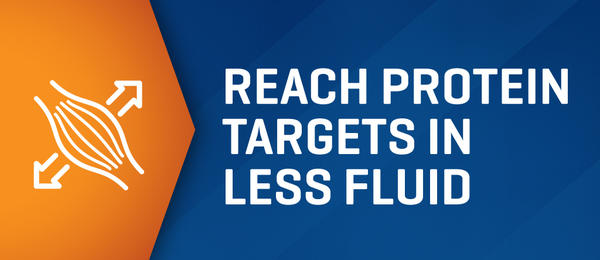
Reach Protein Targets In Less Fluid
Clinimix enables you to reach ASPEN-recommended protein (amino acids) doses in less fluid than any other MCB-PN option.2,3,7,8
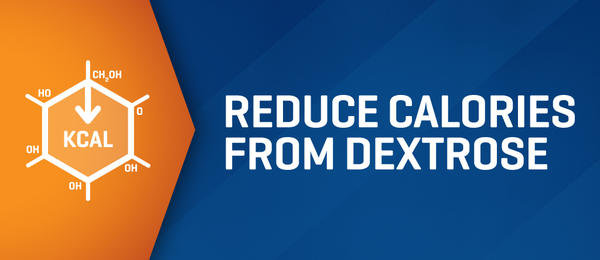
Reduce Calories From Dextrose
Reducing dextrose may help reduce risk of hyperglycemia.9 Clinimix, with concentrations up to 80 g/L of protein (amino acids), delivers more calories from protein than from dextrose.2,3

Nourish More Patients
The Clinimix portfolio offers 14 distinct formulations in 1L and 2L sizes for central or peripheral administration, with and without electrolytes.2,3

Improve Your Operation
With a 24-month shelf life at room temperature, Clinimix can be activated when needed, while offering the flexibility to include, or not, the lipid of choice.2,3
Click here for full Indication(s) and Important Risk Information, and accompanying full Prescribing Information for Clinimix and Clinimix E.
Select Important Risk Information
Pulmonary vascular precipitates causing pulmonary vascular emboli and pulmonary distress have been reported in patients receiving parenteral nutrition. Excess addition of calcium and phosphate increases the risk of the formation of calcium phosphate precipitates. The solution should be inspected for precipitates before admixing, after admixing, and again before administration. Protect the activated parenteral nutrition solution from light. If signs of pulmonary distress occur, stop the infusion and initiate a medical evaluation.
Click here for full Indication(s) and Important Risk Information, and accompanying full Prescribing Information for Clinimix and Clinimix E.
